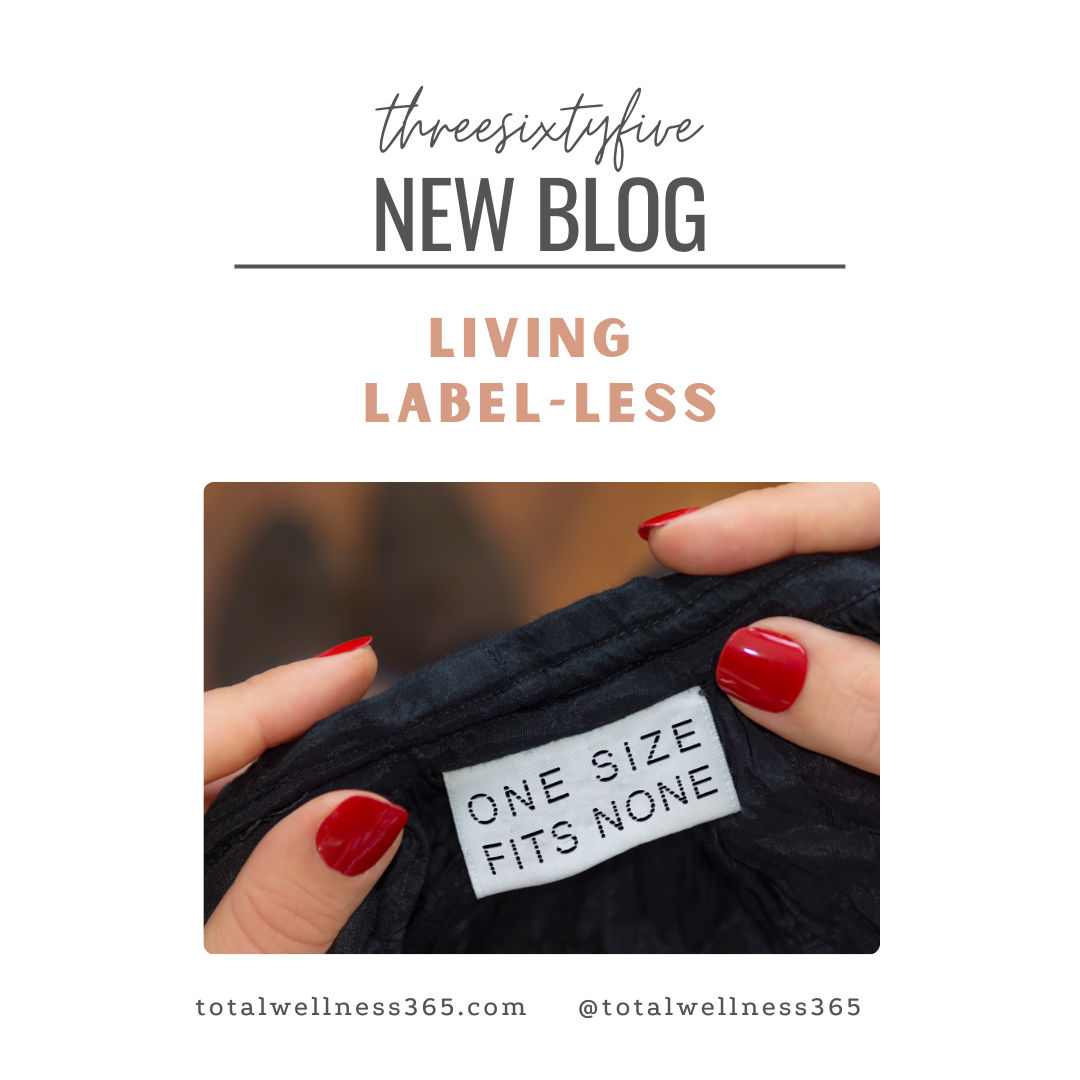Betrayal is the violation of a presumptive contract, trust, or confidence. It is a conflict that can be experienced within any type of relationship; familial, romantic, friendship, and collegial. It can leave the individuals broken, angry, and searching for answers, much like in times of grief and loss. Betrayal is not solely sexual in nature either. It can take the form of financial, emotional, spiritual, or physical violations of trust. The type of relationship and trust that is betrayed doesn’t lessen its impact however. The most commonly discussed type of betrayal is that within an intimate relationship.
What is Intimate Partner Betrayal?
Intimate partner betrayal is when one partner uses deception, lies, and manipulation to violate the boundaries within the relationship. Just as there are multiple layers of contract or trust with an intimate partner, there are as many layers of betrayal. Intimate partner betrayal is not so much about the sexual act itself. Rather it’s about the moral infringement within the relationship. Values within an intimate partnership include trust, honesty, loyalty, sense of security, belonging, and love. When one of those is broken by one partner acting out sexually, it creates a chasm and requires care and attention. Betrayal trauma can be deep rooted for some partners especially if they have past traumatic experiences related to moral infringements.
Discovery
According to a small survey from 2021, 46% of people admit to infidelity (aka cheating), with kissing another person as the most frequent type of infidelity. This same survey also found that guilt was the most common reason for disclosure. But disclosure usually comes in what is called “trickle truths.” Little bits of truth of behavior in an attempt to either keep the behavior going, or to avoid the response and hurt the full truth will inflict on their partner. During this time, the partner has encountered suspicious behavior and deception. They have learned to doubt themselves and the truth about what they see. They can justify or normalize behaviors of the addict. Discovery day (“d-day”) is the day when the betrayed partner uncovers some, more, or all of the addicts behaviors. Discovery days look different for each relationship. Then the catalyst of crisis is uncovered.
At this time of crisis, the partner is in emotional turmoil. Intense information seeking occurs, confrontation, ultimatums and seeking help are usual responses. The addict however is offering “trickle truths” about their behaviors. Most fear that the full truth will hurt the partner more than maintaining the lies; others are afraid of the partners responses.
Recovery
Many of the signs and symptoms experienced by the betrayed partner meet much of the diagnostic criteria for PTSD. Intrusive or obsessive thinking, difficulty concentrating, blaming, loss of libido are all signs consistent with betrayal and post traumatic responses. Recovery and healing has three parts; treatment and recovery for the addict, healing and self discovery for the partner, and, if the partners want to remain together, joint therapy to begin to establish boundaries and rebuild trust within the relationship. Much like grieving, the recovery process from betrayal is not linear nor is it standardized in duration. It is a fluid process.
Recovery for the addict is about uncovering the addiction cycle and behaviors that contributed to their betrayal, and creating emotional restitution.
Recovery for the partner is about building empowerment, resourcing for self care, empathy and education.
Recovery is possible. Healing is possible. Restoration is possible. It all takes time, effort, commitment and trust. In the end, discovery day can turn into decision day about the future for each partner and the relationship as a whole.
Be Well.





